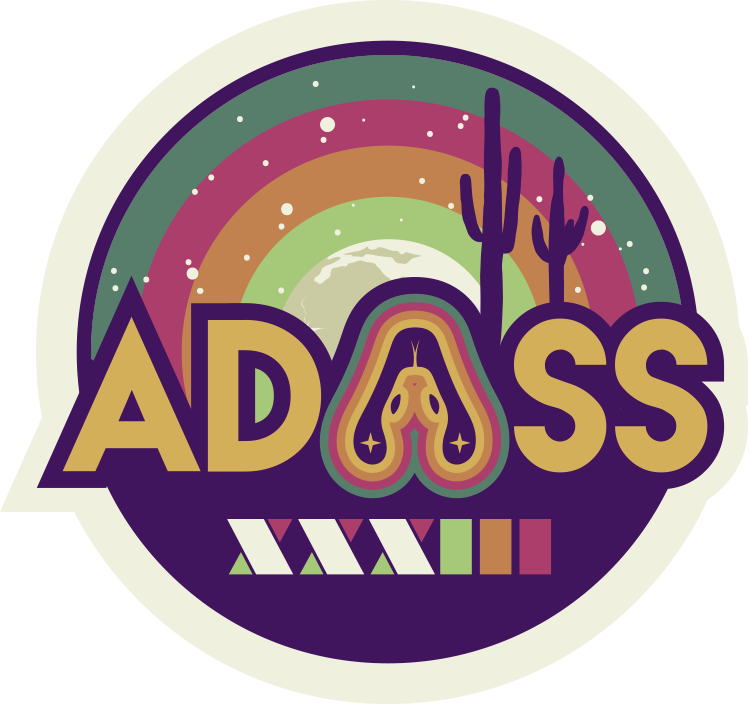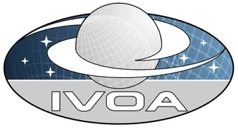ADASS posters are displayed all week
When
Theme: Science with data archives: challenges in multi-wavelength and time domain data analysis
Galaxy clusters are a powerful probe of cosmological models. Next generation large-scale optical and infrared surveys will reach unprecedented depths over large areas and require highly complete and pure cluster catalogs, with a well defined selection function. We have developed a new cluster detection algorithm YOLO-CL, which is a modified version of the state-of-the-art object detection deep convolutional network YOLO, optimized for the detection of galaxy clusters (Grishin, Mei, Ilic 2023). We trained YOLO-CL on color images of the redMaPPer cluster detections in the SDSS. We find that YOLO-CL detects 95−98% of the redMaPPer clusters, with a purity of 95−98% calculated by applying the network to SDSS blank fields. When compared to the MCXC2021 X-ray catalog in the SDSS footprint, YOLO-CL is more complete then redMaPPer, which means that the neural network improved the cluster detection efficiency of its training sample: it detects 98% of clusters with mean X-ray surface brightness of 20×10^-15 erg/s/cm2/arcmin2 while redMaPPer is 98% complete above 55×10^-15 erg/s/cm2/arcmin2. The YOLO-CL selection function is approximately constant with redshift, with respect to the MCXC2021 cluster mean X-ray surface brightness. YOLO-CL shows high performance when compared to traditional detection algorithms applied to SDSS. Deep learning networks benefit from a strong advantage over traditional galaxy cluster detection techniques because they do not need galaxy photometric and photometric redshift catalogs. This eliminates systematic uncertainties that can be introduced during source detection, and photometry and photometric redshift measurements. Our results show that YOLO-CL is an efficient alternative to traditional cluster detection methods. In general, this work shows that it is worth exploring the performance of deep convolutional networks for future cosmological cluster surveys, such as the Rubin/LSST, Euclid or the Roman Space Telescope surveys.



